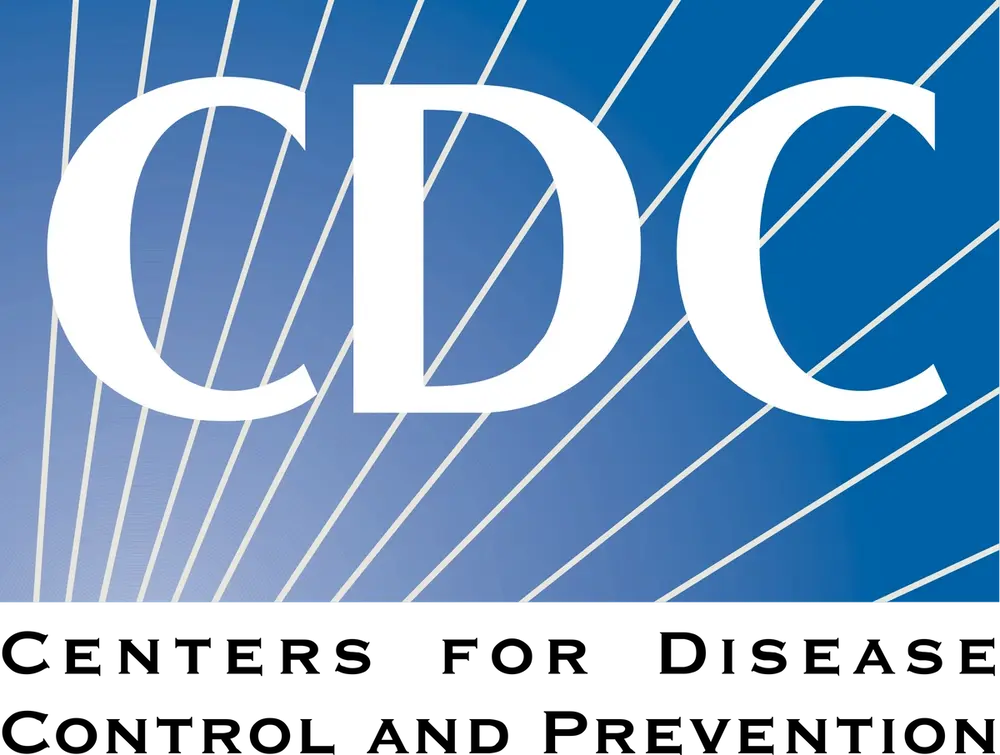
The CDC has confirmed the first severe human case of avian influenza (H5N1) in the US, involving a patient from Louisiana with a history of exposure to backyard poultry. This follows global patterns of severe illness associated with poultry contact.
The patient is the first such case in the US to be severe enough for the person to be hospitalized. Thus far, all previous patients in confirmed cases have had mild symptoms not requiring hospitalization. The case was confirmed by the CDC on December 13, and the Louisiana Department of Health has not released additional information about the patient, citing privacy concerns.1
The patient’s infection was identified as the D11 genotype of the virus, which is commonly found in wild birds and has previously been linked to severe cases in regions like Canada and Washington state. Unlike the B313 strain, which has caused milder symptoms in dairy workers exposed to infected cattle, the D11 genotype appears to be more serious.1
Genetic testing is ongoing to assess whether any mutations indicate increased danger or potential human-to-human spread, but no other related cases have been reported so far. The CDC continues to assess the risk as low to the public. It is important to note that although the D11 genotype appears to be more virulent, there has been no person-to-person transmission of the virus detected.1
Contagion recently spoke to NIH’s National Institute of Allergy and Infectious Diseases (NIAID) Director Jeanne Marrazzo, MD, MPH, about mutations and human-top human transmission.
“The virus would still likely need to acquire additional mutations to acquire the ability to spread effectively among humans,” Marrazzo said.
[Check out that interview here.]
With this first severe case, the US now has 61 confirmed human cases of H5N1. Last week there were 58 cases, with the overwhelming majority of cases confirmed in California. Just yesterday, California Governor Gavin Newsom declared a state of emergency in response to the escalating avian influenza outbreak in the state.2
“This proclamation is a targeted action to ensure government agencies have the resources and flexibility they need to respond quickly to this outbreak. Building on California’s testing and monitoring system—the largest in the nation—we are committed to further protecting public health, supporting our agriculture industry, and ensuring that Californians have access to accurate, up-to-date information. While the risk to the public remains low, we will continue to take all necessary steps to prevent the spread of this virus,” Newsom said in a statement.2
In California, there have been 34 human exposure incidents in the state overall and all but 1 of the cases have been linked to commercial agriculture and related operations. The one outstanding case was classified as having an unknown source. These figures reflect the overall exposure risk in the state tied to agricultural and animal operations.3
The proclamation follows the detection of additional bird flu cases in dairy cows. While the risk to the public remains low, the declaration aims to provide state and local agencies with the resources and flexibility needed to respond swiftly and effectively.
For the Louisiana case, it has been determined that the patient had exposure to sick and dead birds in backyard flocks. This is the first case of avian infleunza in the US that has been linked to exposure to a backyard flock. A sporadic case of severe H5N1 bird flu illness in a person is not unexpected; avian influenza infection has previously been associated with severe human illness in other countries during 2024 and prior years, including illness resulting in death.1






